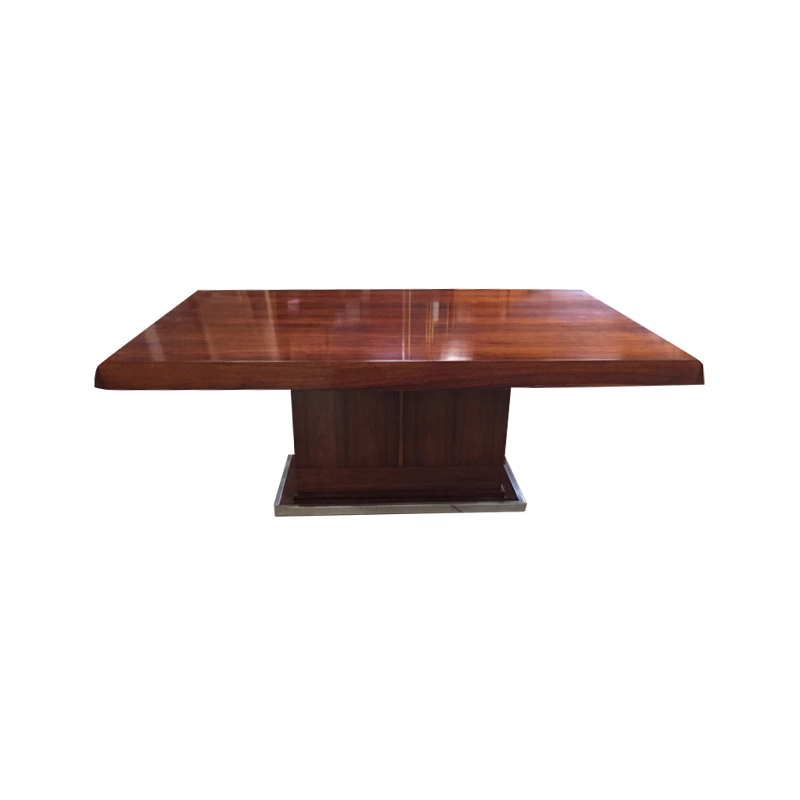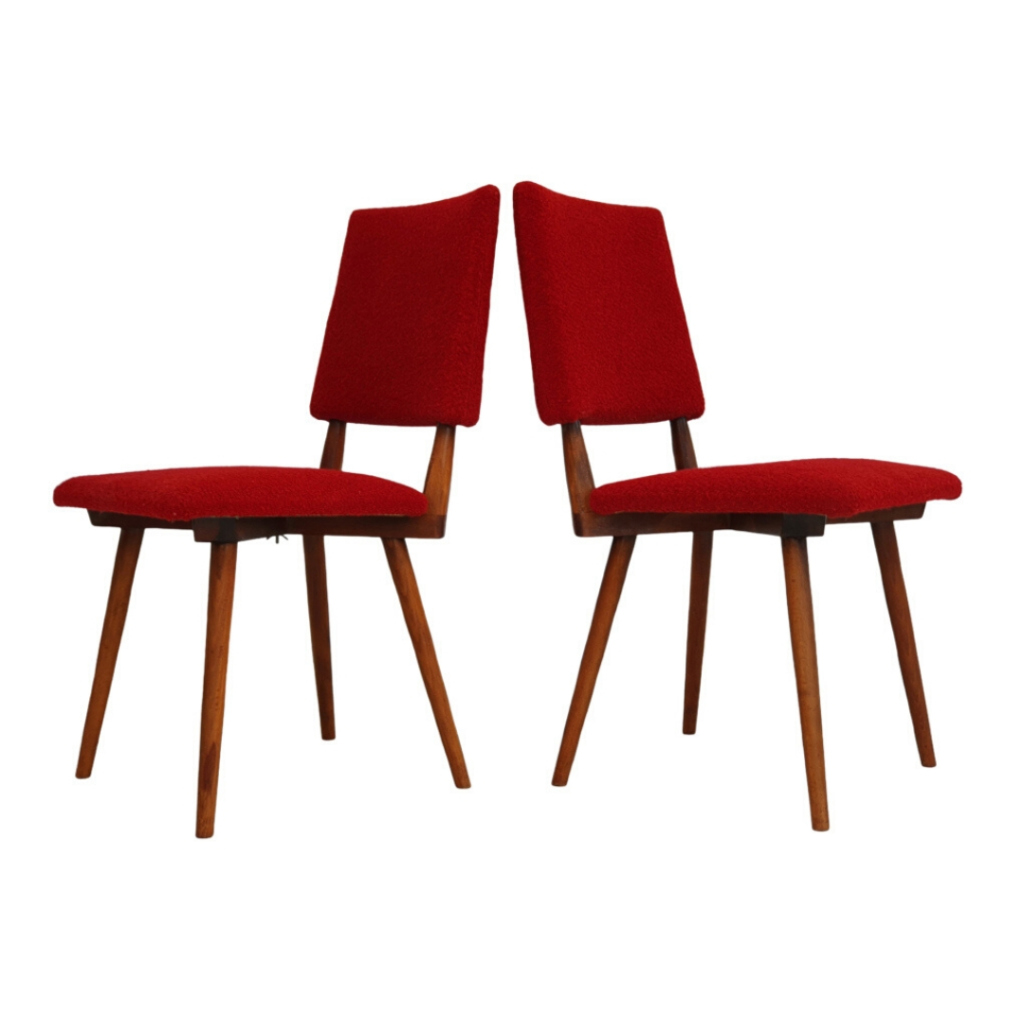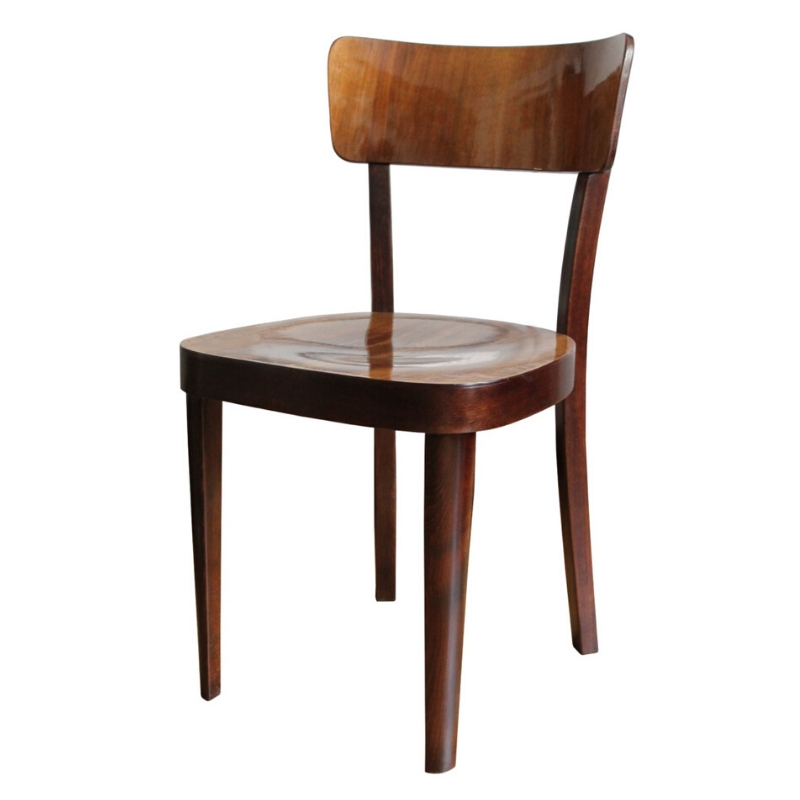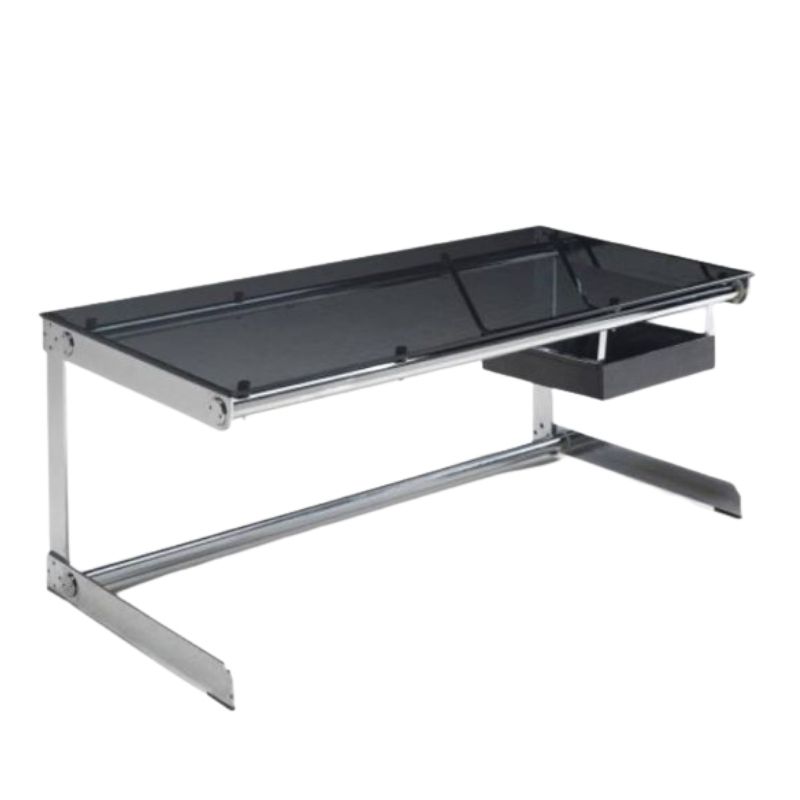got this from a friend who told me about it one day over drinks.. years (and 2 moves)later forgot all of the details. i know he told me it was "rare" and "coveted" but don't all collectors say that? anyhow, any help ID'ing would be greatly appreciated.
last photo is of the underside so you can see the wood. sorry the pics suck, just from my phone.
 <img class="wpforo-default
<img class="wpforo-default
I don't know
what is meant by "Wright." The table appears to be a Parsons table (a style), hopefully of plywood (as opposed to MDF or particle board). The finish is a painted one -- there's no visible repeat to the pattern which would suggest plastic laminate or wood veneer. The "patches" visible on the underside, near the sash hardware installed to connect the halves of the table to its leaves, is likely the ghost of temporary scabs which held the table and its leaves together (with a tiny gap between parts ?) during the finishing processes.
The split between table halves is just visible in the first photo. I don't know what would keep this table structurally stable at the central joint(s). Are there dowels which penetrate the solid-wood aprons at the edge of the table ?
This connection
of leg to aprons must be very old, as tables go. In this case, the joint can't be intended to knock down -- because of the paint job ?
The dowels, if they are present, don't even have to be glued to do their job: they are in shear (as the engineers say), and keep the leg from sliding in relation to the ends of the aprons. Of course, glue couldn't hurt, when a continuous surface between leg and apron is essential . . .
Glue is
stronger than wood, now. All other factors in wood joinery are dependent upon a number of variables -- I believe. We have trusted the mortise and tenon joint for eons, but like most traditional joinery it was designed as though glue were nonexistent -- or at best optional.
I am particularly interested in solving the problems of wood members connected at right angles to each other. I admit that my joint may be "unnecessarily strong" -- but as it was relatively easy to mill (on the table saw) and isn't exposed to view in the finished work, I thought it worthy of the effort.
How strong is too strong ?
If you need any help, please contact us at – info@designaddict.com









